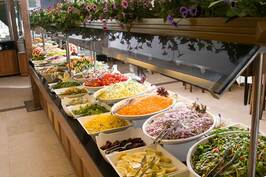 As food safety has played a larger role in consumers’ view of hospitality in recent years, salad bars and other foods served buffet-style have felt the impact. We’ve all seen salad tongs drift into the ingredients they are meant to serve, carrying bacteria with them – and this is more apt to disturb consumers now than it did before Covid. Making salad serving areas feel safe requires vigilance from staff – a difficult task if you have a smaller-than-ideal team right now. But as with so many other parts of the restaurant experience, there are options coming to market that are automating self-service and delivering potential benefits for food safety. One example: touchless self-service salad bars that store ingredients in clear, refrigerated compartments and dispense a set amount of ingredients. No germy tongs or sneeze guards required – and restaurants can manage portion control at the same time. 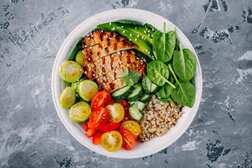 Salads can be a harder sell in the winter months, when consumers may crave hearty, warm dishes. But at the same time, many consumers also prioritize their health in this first part of the new year. You can tick both boxes by making some tweaks to your salad menu. Weaving in some whole grains – or even using them as the foundation of some salad options – can help you offer more satisfying salads that deliver key nutrients as effectively as produce-packed salad choices. Grains can also be a reliable winter warmer, so try bringing some additional dimension to your menu with warm, grains-based salad options. 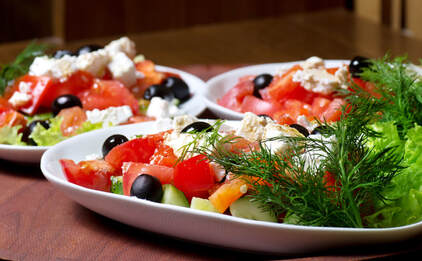 It’s salad season – and chances are the weather is making salads all the more appealing to your guests as not just simple side dishes but also as entrées. Make them a more interesting and satisfying menu option by playing with textures and unexpected ingredients. Beyond greens and vegetables, think whole grains, nuts, berries and seeds – especially options like rice, pistachios, blackberries, pomegranate seeds and other items you wouldn’t immediately think of adding to a salad. 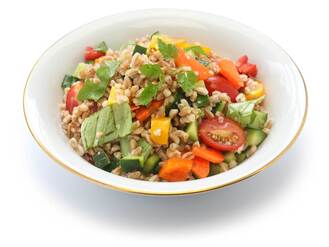 Consumers are still crazy about bowls, and for good reason: They often pack a lot of nutrients into one satisfying, colorful, easy-to-eat, easy-to-transport dish. They also present restaurant operators with exciting possibilities for every daypart, all while boosting a kitchen’s efficiency with a collection of ingredients that can generate seemingly endless combinations. Try offering a traditional savory bowl with grains, greens and textural elements like nuts or seeds, plus extra elements like feta, halloumi, herbs or dipping sauces. Or, invent your own version with a handful of your most popular ingredients. Summer is prime time for salads. The heat makes lighter, cooler meals more appealing and the abundance of local produce enables chefs to get more creative with the combinations they offer. Summer fruit – from berries to melons to peaches – can boost eye-catching color on the plate, along with nutrition, texture and sweetness to contrast with accompanying greens, vegetables, grains and pulses. Offering unexpected dressings and dipping sauces can add to the interest too.
It’s salad season. As the weather warms and your choice of fresh produce expands, your salad menu is likely to become all the more craveable as people seek out healthy eating options. Your dressings have the power to elevate those dishes with smooth, creamy textures and savory, sweet or spicy flavors. They can also make your salad more special than something a guest would prepare at home. It’s a bonus if your dressings can contribute to the health of the overall dish – raising protein content, boosting immunity or promoting heart health, for example, without overloading it with empty calories.
Your guests know they need to eat their vegetables. Still, for many of them, preparing vegetables in craveable, inventive ways at home can be a tedious challenge – particularly during the work week. Your restaurant can be a helpful go-to source at these times. Think about mixing up your salads with marinated, roasted vegetables, surprising spices, house-made dressings and unexpected combinations that make vegetables something your guests will come back for.
The New Year is always a time when people refocus on their health and that may be especially true after 2020. Salads are a natural meal or side option for people looking to boost their health and consume more nutritious foods. Could your salad options use some innovation in 2021? Elevate your greens and vegetables with a mix of hearty grains, legumes, nuts and seeds, or – now that salad bars are a relic of pre-COVID times – consider making your entrée salads customizable with those items.
Creating a restaurant-quality salad at home isn’t easy: The textures and combinations of flavors can be difficult to replicate, they require a fair share of labor for a home cook to prepare, and they often generate waste in the process. This fall, your salads can help guests not only avoid those frustrations but also feel they are doing their part to protect their health. Raise your salad game with flavorful combinations that can be served as entrées, side dishes, or packaged in kit form for easy, no-waste preparation at home.
Summer picnics are made for pasta salads. Try a creative spin on them by changing up the expected presentation. Consider using large pasta shells stuffed with a mixture of seasoned summer vegetables, turkey and cheese, which can work as a light entrée, starter or side dish.
|
Subscribe to our newsletterArchives
April 2024
Categories
All
|
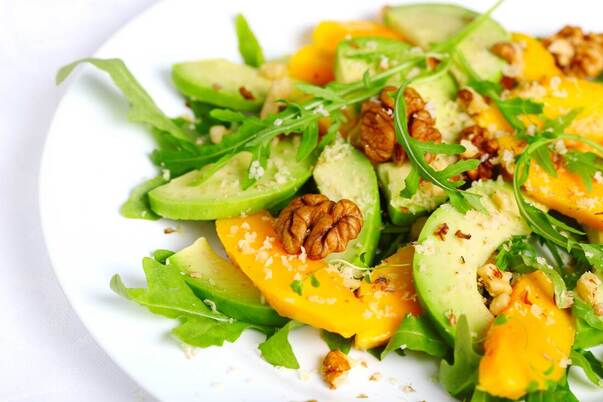

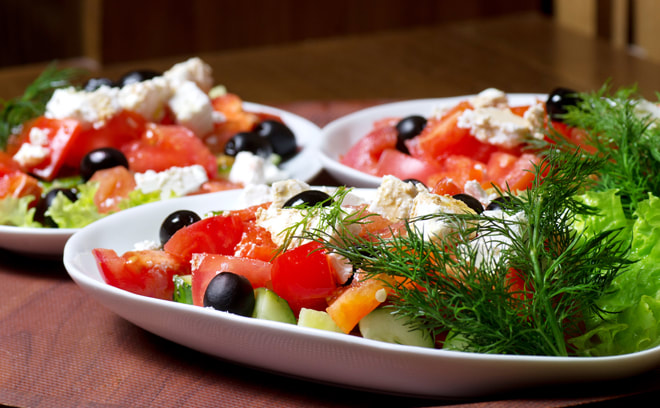
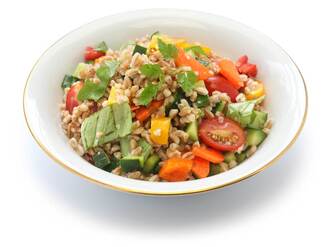
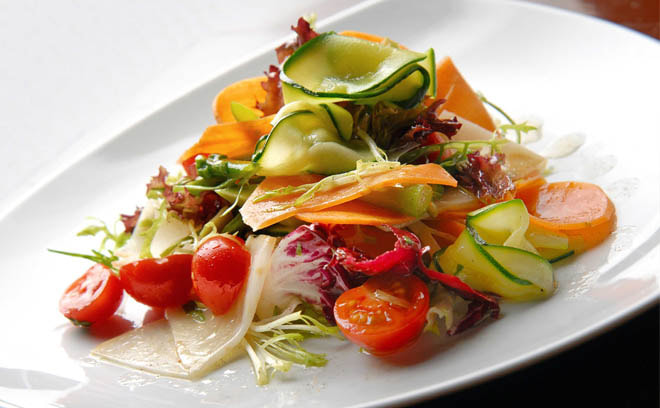
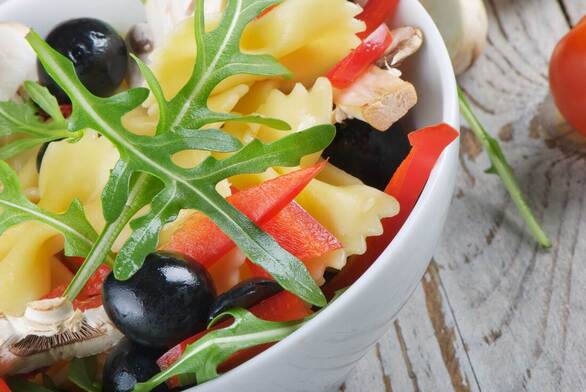




 RSS Feed
RSS Feed